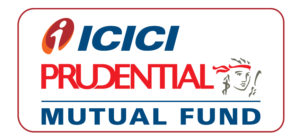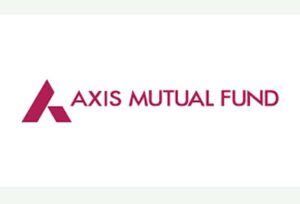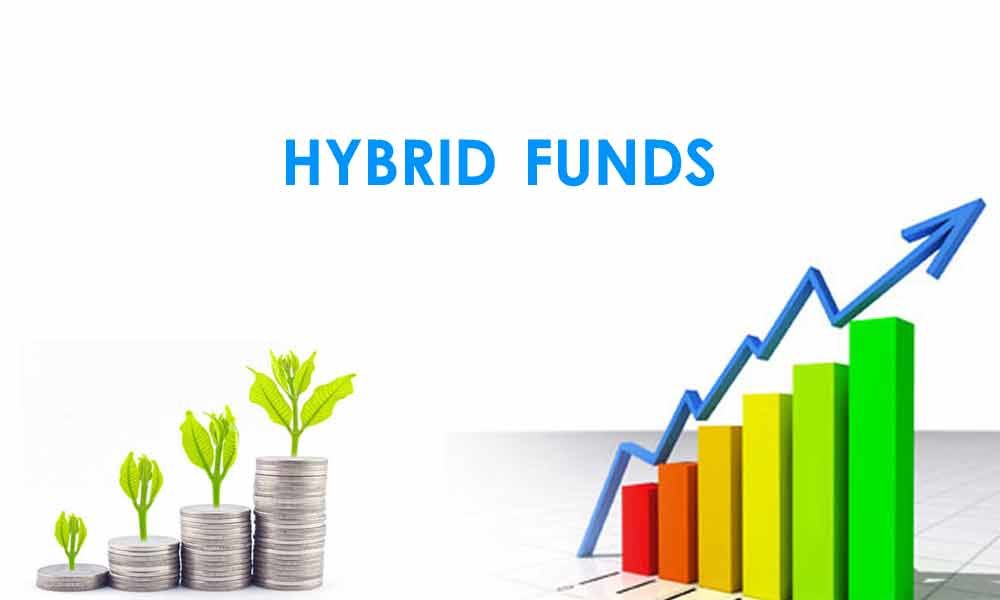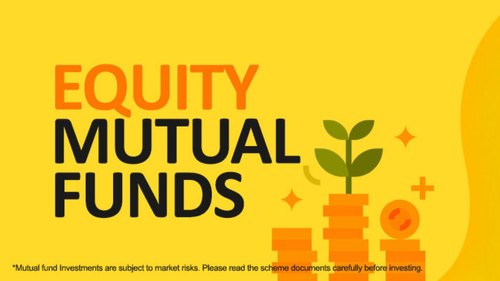Hybrid Mutual Funds invest in various asset classes like equity, debt, gold, international equities, etc. They help to diversify investors’ portfolios and minimize the risk involved. They provide better returns than debt instruments and are less risky than equities.
The three essential features of these funds are:
- Diversification- It means having more than one asset in the portfolio which reduces the risk involved. The performance of one asset class gets balanced by another asset class’s performance.
- Asset Allocation- It means how to distribute wealth across various asset classes. The fund manager decides the allocation of funds to each asset according to the market conditions and the investor’s objective.
- Correlation- It is the co-movement of returns. A mixture of less correlated securities reduces risk. A combination of various asset classes can help to reduce portfolio risk.
Hybrid Mutual Funds diversify a portfolio, reduce the risk and maximize the returns.

Types of Hybrid Mutual Funds:
Aggressive Hybrid Funds
These funds invest 65-80% of the portfolio in equities and the remaining 25-30% in debt instruments. They provide high returns and reduce the risk involved by allocating a part of the portfolio towards debt. This limits the volatility. They carry less risk than pure equity and provide similar returns in long run. They are ideal for conservative equity investors who want to maximize wealth by not taking many risks.
Moreover, the fund manager will constantly book profits to boost the returns. They may sell the stocks to maintain the allocation. This can be done at an individual level too but then one will have to pay taxes on the returns earned. On the other hand, the mutual fund is not liable to pay taxes which enhances returns.
However, these funds have lost their sheen because of the dissatisfied investors. According to SEBI, mutual funds can declare dividends out of excess profits. But the fund managers stop paying dividends if the funds do not generate enough returns.
Balanced Hybrid Funds
They invest 40-60% of the funds in equity and debt instruments, combining stability and growth. There are no arbitrage opportunities. For example, if a fund manager is bullish on equity, he can increase investments to stocks up to 60% and the remaining 40% to debt. If there is bearishness, he can invest 40-50% in equity and remaining in debt.
The fund managers have the freedom to shift between equity and debt based on their perspectives and market scenarios. They book profits periodically. The debt part provides stability, and the equity ensures extra returns.
They are taxed like debt instruments. If one sells their investments before three months, the returns are added to the income and are taxable according to the tax slab they fall in. If the investors hold their investment for more than three years, the returns are treated as long-term capital gains. They get taxed at 20% after indexation benefits i.e., increasing the purchase price according to the inflation rate to reduce taxes.
Equity Savings Funds
These funds invest in equities, arbitrage, and debt to balance risk and returns. Equity helps to provide growth and beats inflation. The debt and the arbitrage component helps to reduce volatility and generate stable returns. Therefore, there is capital appreciation and steady income. They are ideal for moderate risk-taking investors.
The fund invests 30% in equity, 35% in debt and remaining in arbitrages. Equity taxation means the return on investment is more tax-efficient than FDs.
Conservative Hybrid Mutual Funds
It allocates 10-25% of the portfolio towards equity and equity-related instruments. The remaining 75-90% is invested in debt securities. These funds earn money from the debt component and use the small equity portion to earn some extra returns. Therefore, this is a good option for conservative investors willing to take a little risk.
Dynamic Asset Allocation or Balanced Advantage Fund
These funds are truly dynamic and change their investments according to the market scenario and investment criteria of the fund manager. They invest in a mix of equity and debt to provide both growth and protection.
During an uptrend, they take advantage of the growth opportunities and invest heavily in equities. On the other hand, during the downside, they shift to debt instruments to limit losses.
The allocations happen dynamically and there is no need to time the markets. It depends on the investment strategies of the fund manager. When the market is going up, the equity investments rise to reap the benefits of rising stock prices. During the downside, the manager sells the equities to protect the portfolio and invests in debt instruments.
This fund helps in diversification as they spread the investments across low-risk and high-risk instruments based on the market conditions, risk profile, and investment period. It does not only invest in a combination of debt and equity securities but constantly keeps on shifting between the two asset classes.
Multi-Asset Allocation Funds
These funds must invest in at least 3 asset classes with a minimum of 10% exposure to each asset class. It is a fund that invests in multiple asset classes, for instance, equities, debt, gold, international equities, etc. under one scheme.
They are less volatile than pure equity because they are a combination of negative or less correlated asset classes. The help to diversify one’s portfolio, thereby reducing the need to monitor the markets constantly.
The primary function is to offer diversification with multiple assets under one package. This also takes away the burden of asset allocation, individual fund selection, and rebalancing.
Arbitrage Funds
These funds take advantage of different prices of the same security in different markets. They buy a security in the cash market and sell the same security simultaneously in the future market to generate returns from the price differential in different markets.
Volatility in the market increases arbitrage opportunities. Firstly, the fund manager looks at the price difference that they can exploit between the futures and cash market. If there are no arbitrage opportunities, then they invest in a mixture of debt and equities.
Best Performing Hybrid Mutual Funds
| NAME | EXPENSE RATIO | 3 YEAR RETURNS (ANNUALIZED) |
| Quant Absolute Fund | 0.56% | 27.27% p.a. |
| Quant Multi Asset Fund | 0.56% | 26.79% p.a. |
| ICICI Prudential Equity & Debt Fund | 1.20% | 20.12% p.a. |
| Axis Triple Advantage Fund | 0.44% | 17.73% p.a. |
| Canara Robeco Equity Hybrid Fund | 0.66% | 17.17% p.a. |




Conclusion
To sum up, Hybrid Mutual Funds provide access to different asset classes. Firstly, they manage risks by combing non-correlated asset classes. Secondly, they also actively manage the portfolio through asset allocation and diversification. Lastly, hybrid mutual funds cater to all types of investors ranging from aggressive to conservative ones. Additionally, they rebalance the portfolio to adjust asset allocation limits. They also save the time and effort required to monitor the market.




